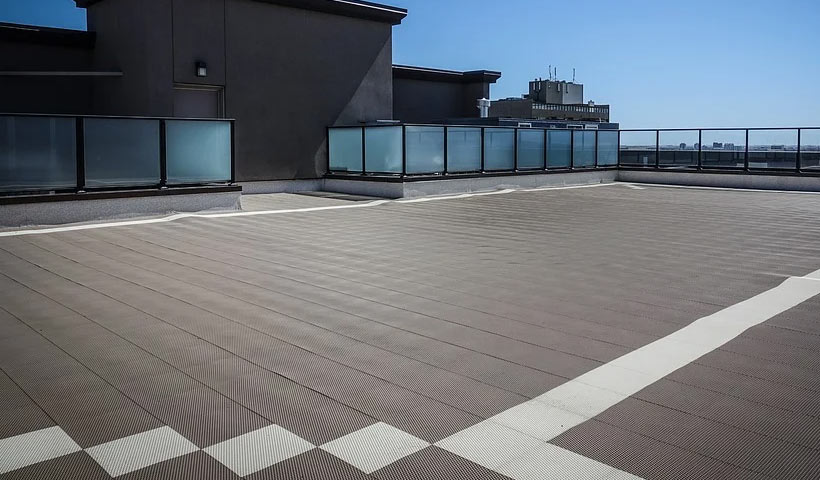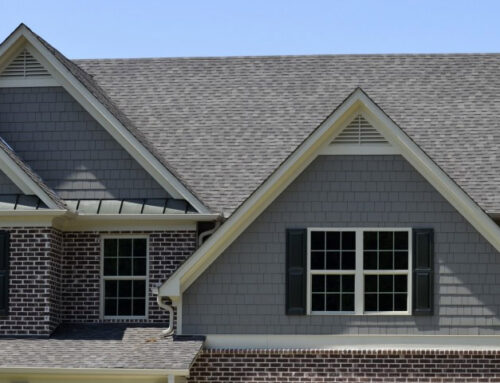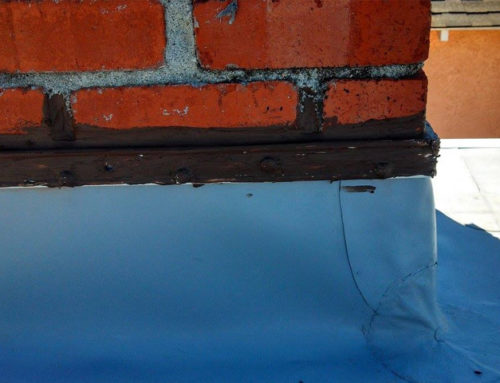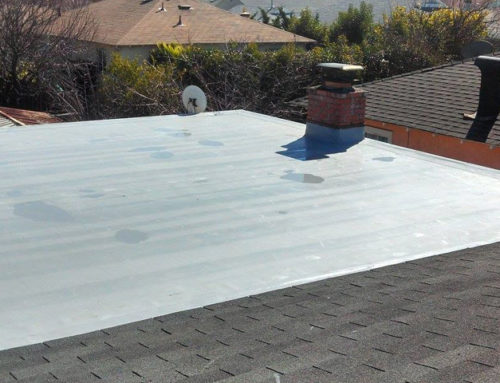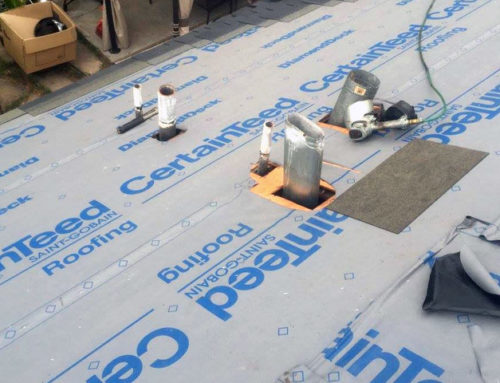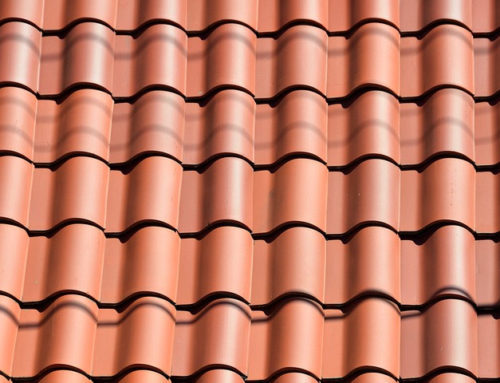For homeowners and property stakeholders, it’s important to estimate when the roof might give out and need to be replaced. Unfortunately, flat roof life expectancy is more complicated than pitched roof life expectancy. The type of flat roof you have, your climate, the quality of the installation, and how much maintenance it gets will all play into how long your flat roof will last. While you could get 20 years from a flat roof, others might last less than a decade.
What’s the Life Expectancy of TPO Roofing?
TPO roof life expectancy is roughly 20 years.
TPO is a relatively new type of roofing, designed to hold up in a wide range of climates, including the intense California sun. TPO roofing is also relatively inexpensive to install, versus other options. You can expect a properly installed TPO roof to last 20 years with regular maintenance. But getting that expert installation is the trick. Not all roofing companies have enough experience with this new roofing type. Poorly installed TPO roofs have been known to fail even before a decade is up.
We use Metacrylics and GenFlex TPO roofing membranes and are very experienced, installing them to the highest standards. These roofs resist the environmental challenges that break down other flat roofs in California, including high temperatures, salt spray, high winds, earthquakes and other weather conditions. As a result, they have a long life expectancy.
What’s the Life Expectancy of PVC Roofs?
PVC roof life expectancy is 20+ years.
PVC is another great type of flat roof that can last 20 years or more. PVC is vinyl, a type of plastic that is great in hot weather climates because it reflects solar radiation, helping it last longer and keeping the building beneath it cool. However, installation is challenging, and repair may require hot welding new pieces into the roof. Sometimes the maintenance on these roofs is neglected, and if so, they may fail prematurely.
What’s the Life Expectancy of EPDM Roofs?
EPDM roofs have slightly shorter lives than PVC and TPO, lasting from 15-20 years. These roofs are essentially large rolls of rubber. The system is not as sophisticated as a TPO roof, but they are cost-effective and can be an excellent option for your flat roof. Repair is relatively straightforward too. We remove and replace any part of the rubber that has been damaged or that has begun to leak.
What’s the Life Expectancy of BUR Roofing?
A built-up roof (BUR) is also known as a tar and gravel roof because it combines layers of both materials to create a waterproof roof. Unfortunately, these types of roofs tend to have a shorter lifespan and tend to need more maintenance than other types of roofs. When you have a BUR roof, leaks trickle through different parts of each layer on the roof. Multiple layers may need to be repaired, and in different spots, which can make it time-consuming work.
How Long Will Your Roof Last?
Only a professional roofing contractor can tell you how long your specific roof will last. But getting an inspection and estimate is a great idea. You’ll be able to take steps to maximize it’s lifespan or stop doing repairs on a roof that will need replacement.
If you’re looking for a professional roofer in Palo Alto, San Jose, Mountain View, Fremont, or anywhere in between, feel free to reach out to your friends at Campbell Roofing.


